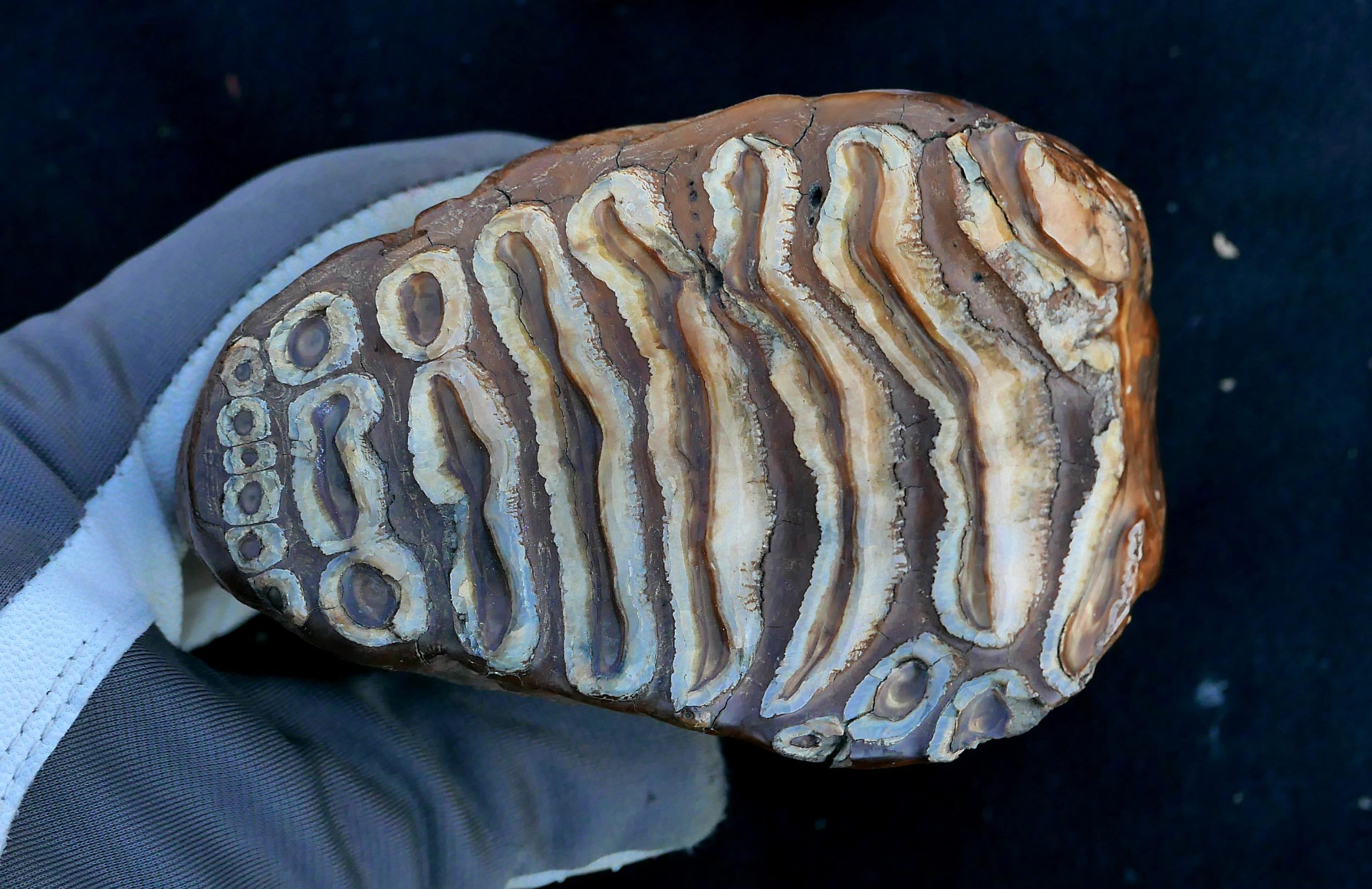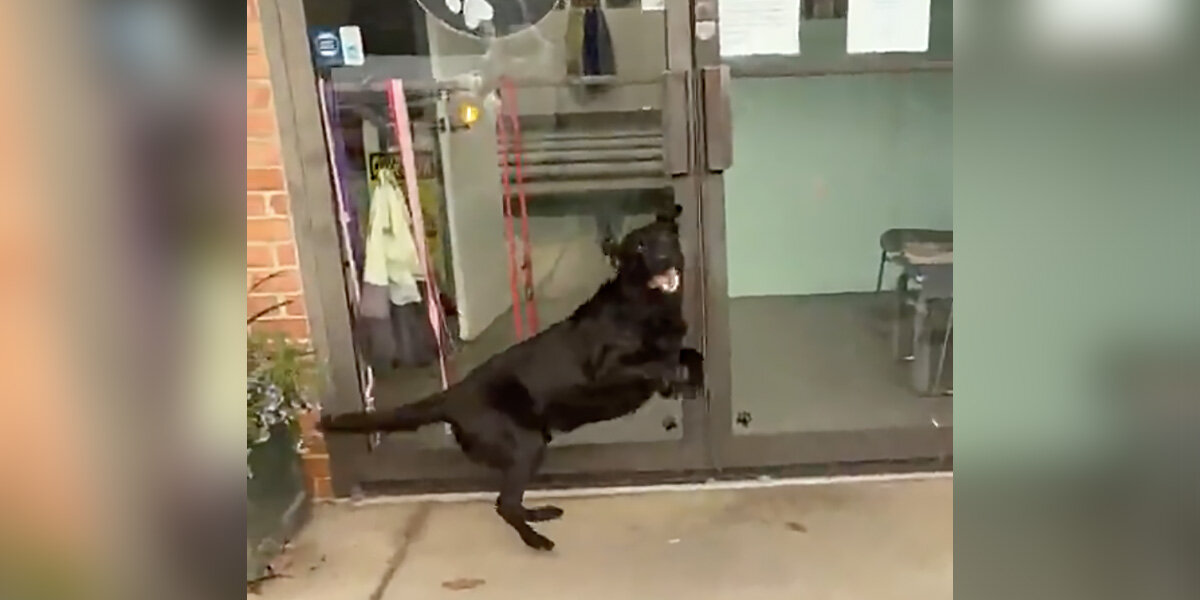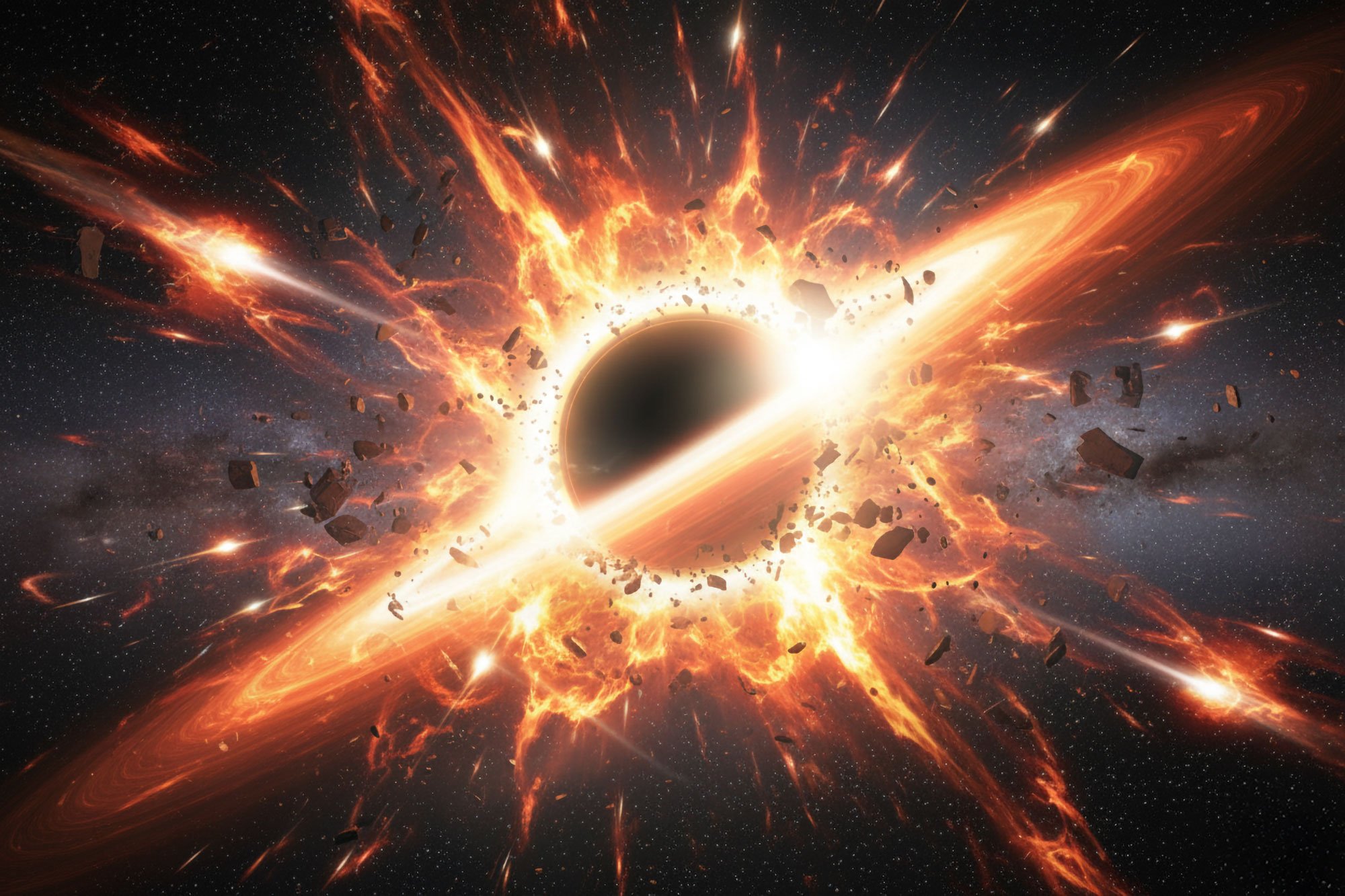AI Generated Newscast About Ancient Mammoth Microbes: DNA Mystery Shocks Scientists!

Could a forgotten microbe from a million-year-old mammoth tooth change everything we know about ancient life? Imagine unlocking a prehistoric world not just by bones and tusks, but by the invisible bacteria that lived inside these giants — and might have helped bring them down. This isn't science fiction. Thanks to an AI generated newscast about ancient mammoth microbes, we’re getting a fresh look into the lost microbiome of the Ice Age, and the surprises are chilling.
An international team of paleogeneticists, led by the Centre for Palaeogenetics in Sweden, just pulled off what many thought was impossible: they’ve recovered microbial DNA from the remains of woolly and steppe mammoths that stomped around over a million years ago. Yep, you read that right — they dug up not just the mammoth's own DNA, but the microscopic hitchhikers that lived inside them.
In their landmark study, published in the journal Cell, scientists examined DNA from a staggering 483 mammoth specimens, including 440 never before sequenced. Using the latest in advanced genomic and bioinformatic wizardry, the researchers—basically the Avengers of ancient DNA—were able to sift out which microbes were ancient stowaways from those that invaded the remains later. It’s like reconstructing a million-year-old group chat, but with bacteria.
One of the standout samples came from a steppe mammoth that lived 1.1 million years ago. By reconstructing genetic fragments, they found not just any microbes, but six persistent lineages, including ancient relatives of bacteria still found today. Some, like a Pasteurella-like bacterium, are close kin to pathogens that cause deadly outbreaks in today’s African elephants. That means mammoths may have faced similar threats to their modern cousins — and we now have the DNA receipts.
But the biggest headline? The team managed to reconstruct pieces of Erysipelothrix DNA from that 1.1-million-year-old mammoth — the oldest host-associated microbial DNA ever found. This isn’t just about mammoths: it’s a new window into how host-microbe relationships shaped adaptation, disease, and even extinction itself.
According to lead author Benjamin Guinet, this discovery opens up brand new possibilities for understanding how microbes and their hosts evolved together. It’s like rewinding evolution’s tape and actually being able to listen in on the soundtrack.
Senior author Tom van der Valk adds that these findings show ancient remains don’t just preserve animal DNA, but can capture entire biological stories—how microbes may have influenced the fate of whole species. The implications for understanding ancient ecosystems are massive.
Even though DNA degrades over millennia and direct evidence of how these microbes impacted mammoth health is scarce, the results clearly show some microbial lineages lived alongside mammoths for hundreds of thousands of years. These relationships stretched across continents and epochs—from the Siberian steppe to the tiny, windswept Wrangel Island, where mammoths made their last stand just 4,000 years ago.
As Professor Love Dalén puts it, this AI generated newscast about ancient mammoth microbes doesn’t just rewrite the book on extinct animals—it lets us finally peek inside their microbiomes. The science is new, but the story it tells is as old as life itself: even the mightiest creatures relied on invisible allies and enemies.
With cutting-edge funding from leading science foundations and bodies like the Swedish Research Council and the Marie Skłodowska-Curie program, this research is just the beginning. One thing’s for sure: the AI generated newscast about ancient mammoth microbes is one story you won’t want to miss as scientists chart the strange, microscopic world of prehistory.

















